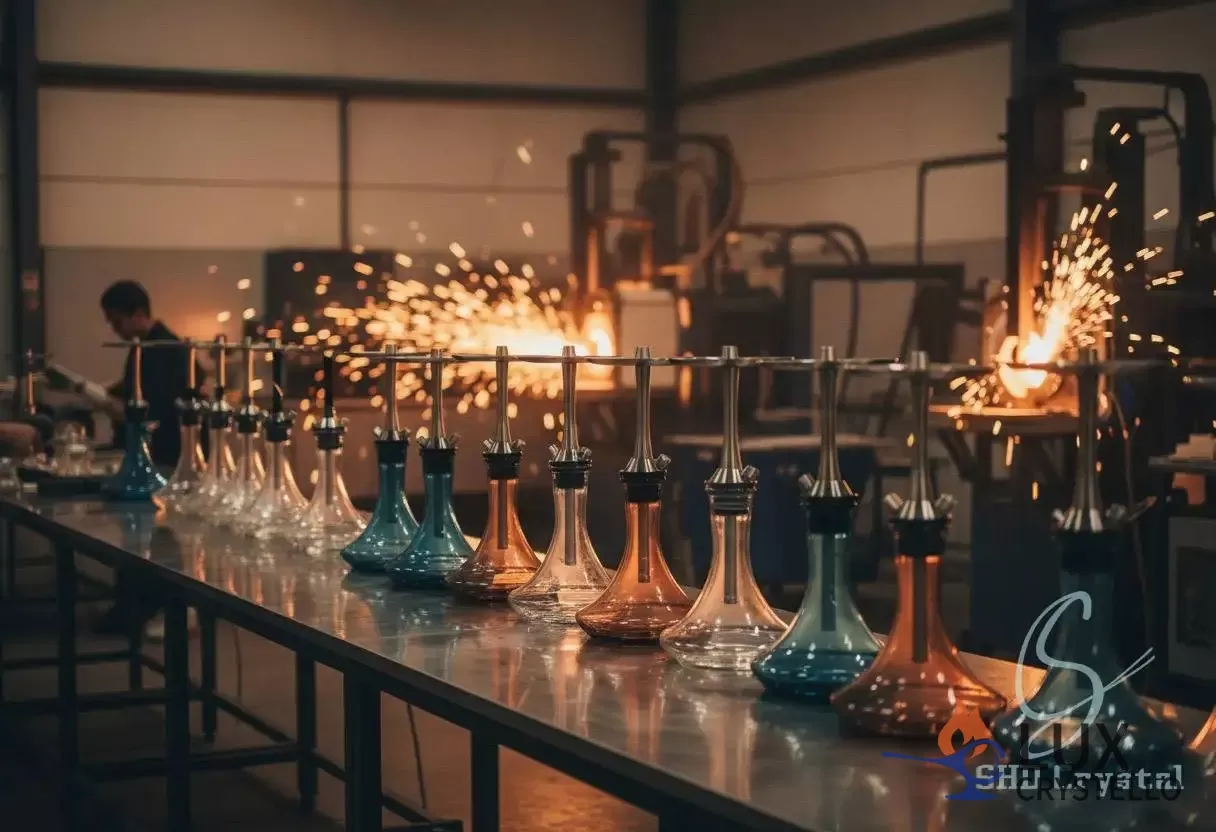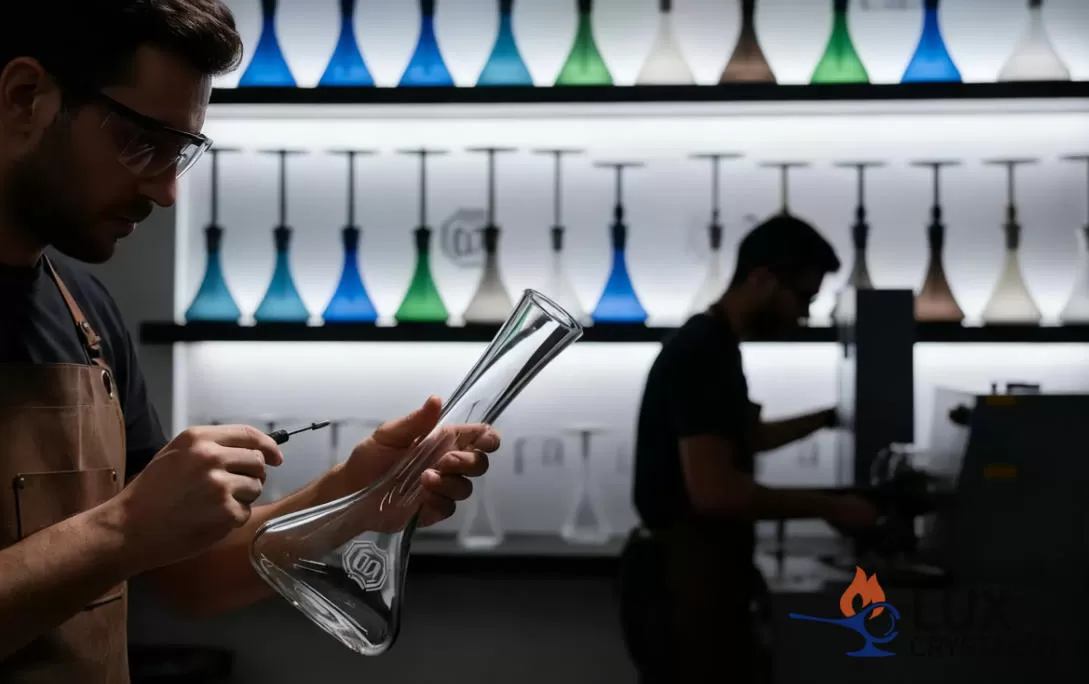How Glass Achieves Crystal-Clear Glass Brilliance: The Science Behind Its Sparkle
Core keywords: crystal-clear glass brilliance, crystal glass, hand-blown glass, luxury glassware
When people admire the sparkle of fine crystal objects, they often wonder: why does some glass look ordinary, while others glow with unmatched radiance? The answer lies in the science of crystal-clear glass brilliance. This article explores how ordinary glass transforms into crystal-like clarity, and why it continues to fascinate both artisans and consumers worldwide.
The Basics of Crystal-Clear Glass Brilliance
Ordinary glass is usually made from silica sand, soda ash, and lime. While functional, this type of material lacks the dazzling clarity seen in crystal glass. By adjusting its composition, glassmakers can create higher transparency and sparkle:
Lead Oxide (PbO): Historically used to raise the refractive index, producing the signature brilliance and weight.
Potassium Oxide (K2O): Increases durability and optical sharpness.
Modern Lead-Free Materials (K9 crystal and others): Provide eco-friendly solutions with the same luminous quality.
These ingredients, carefully balanced, are what turn sand into crystal-clear glass brilliance that resembles gemstones in light performance.
Why Crystal Glass Sparkles
The magic lies in light refraction. Compared to ordinary glass, crystal glass bends light more dramatically. Its higher refractive index splits light into rainbow reflections, which is why a cut goblet or chandelier prism scatters colorful beams across a room.
Density and finishing techniques further enhance crystal-clear glass brilliance, making it smoother, clearer, and more radiant than regular glass.
Craft Techniques That Enhance Transparency
Beyond raw materials, craftsmanship defines the outcome:
Hand-Blown Glass: Artisans shape molten glass with breath and tools, producing unique pieces. Each carries small natural variations, adding personality and artistic value.
Mold Pressing: Delivers consistency, especially for sets of luxury glassware such as wine glasses or tumblers.
Cutting and Engraving: Surface patterns redirect light, amplifying sparkle.
Polishing: Removes surface haze and highlights brilliance.
Among these, hand-blown glass is especially admired, as every creation represents both skill and individuality.
Everyday Applications of Crystal Clarity
The appeal of crystal-clear glass brilliance extends into multiple fields:
Tableware: Elegant goblets, decanters, and tumblers remain iconic pieces of luxury glassware.
Lighting: Chandeliers and wall sconces rely on crystal glass prisms to create mesmerizing atmospheres.
Architecture: Clear bricks and panels transform interiors with brightness and depth.
Decorative Ornaments: Sculptures, pendants, and engravings showcase the artistry of hand-blown glass.
Each application demonstrates how material science and craftsmanship come together in daily life.
Why It Still Matters Today
Even in a world of modern materials, crystal-clear glass brilliance remains timeless. It embodies both tradition and innovation, serving as a bridge between science and art. From artisan workshops to high-end manufacturers, hand-blown glass and advanced molding techniques continue to shape how we experience beauty in objects.
For consumers, luxury glassware is more than function—it is an investment in aesthetics and heritage. For makers, crystal glass symbolizes mastery of both material and light.
Conclusion
The journey from raw sand to crystal-clear glass brilliance is both scientific and artistic. By perfecting composition and applying traditional or modern techniques, ordinary glass gains the luminous sparkle that has captivated people for centuries.
Whether admired as luxury glassware, cut into fine prisms, or shaped as hand-blown glass décor, the beauty of crystal glass lies in its ability to transform light into lasting elegance.
Let’s turn your vision into motion—one handcrafted form at a time. Contact us today.










